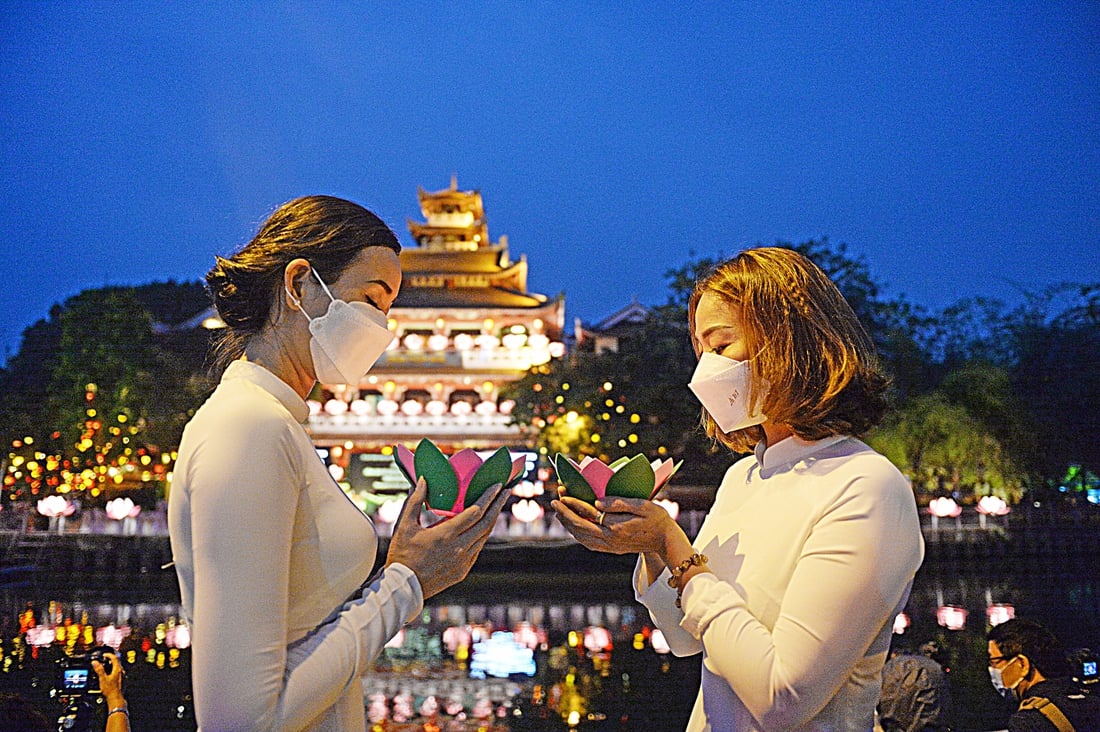
People attend the memorial service for victims of the COVID-19 pandemic at Phap Hoa Pagoda on the Nhieu Loc - Thi Nghe Canal in Ho Chi Minh City, when Ho Chi Minh City controlled the COVID-19 epidemic in November 2021 - Photo: TU TRUNG
Continuing the series of suggestions, architect Lee Teng-hui shared with Tuoi Tre the idea of organizing the above symbolic project.
Sharing and affection
* By contributing ideas to the design of the "Symbolic project recognizing the solidarity and unity of the city's people in overcoming the COVID-19 pandemic", what do you hope to contribute?
- In my opinion, for a public work that is commemorative and associated with the feelings of the people of Ho Chi Minh City in particular and the people of the whole country in general about the COVID-19 pandemic, the most important and first thing is to determine the overall message that you want to send to the viewers and beneficiaries.
From that message, the design directions and layout for the project are determined.
Personally, I want the above project to express the message of gratitude to those who have passed away, cherishing the present life after overcoming the pandemic to live better, building a future life. Because the loss from the pandemic is too terrible for the people of the city and the whole country, especially the loss of life.
* From that message, what emotions and values should the project bring to viewers and visitors?
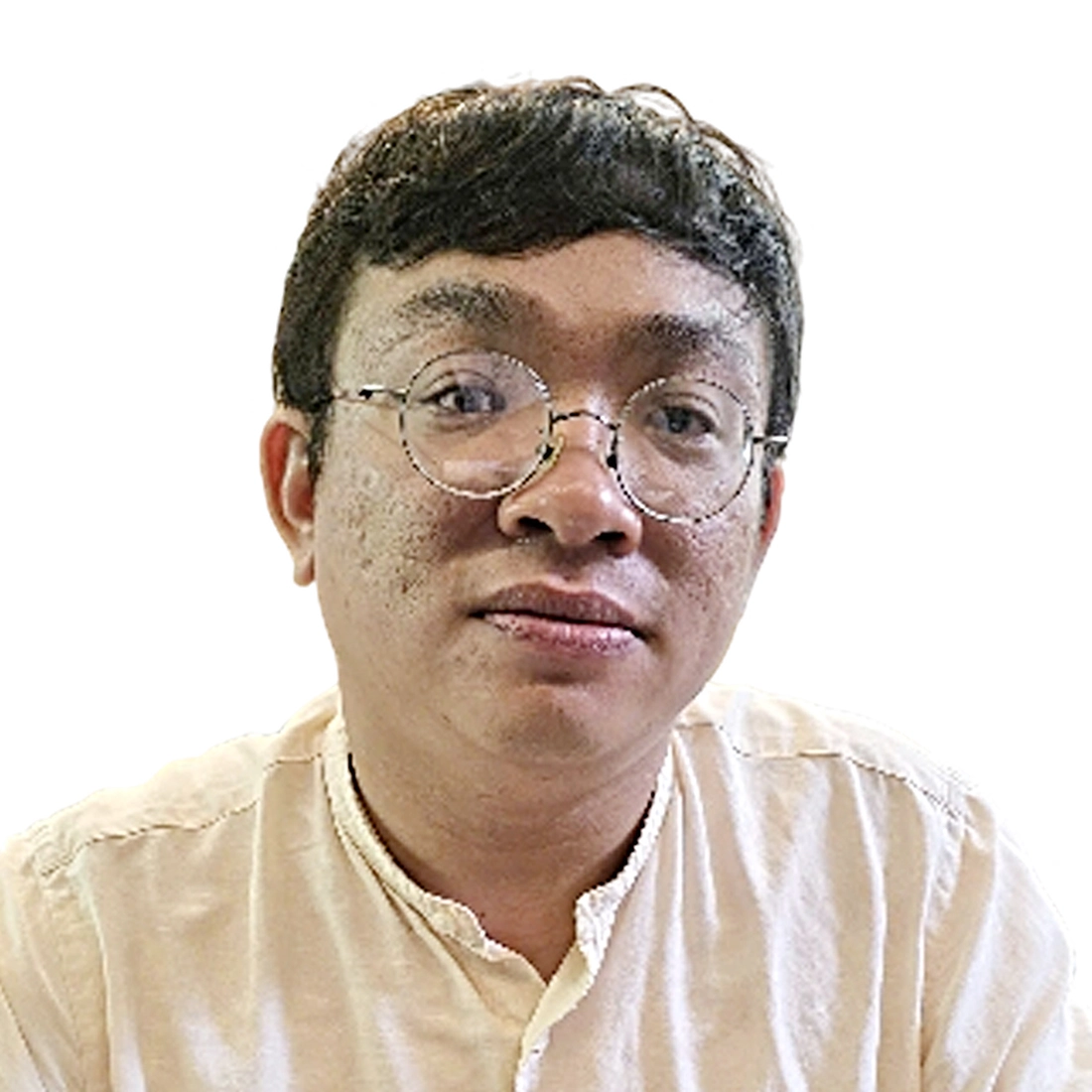
Architect Lee Teng-hui
- I hope that viewers and visitors will not fall into feelings of sadness and grief from the losses of the pandemic.
I believe that more than 10 million people in Ho Chi Minh City in particular and 100 million people in the country in general have all experienced losses from the pandemic. Some people have lost their closest relatives (parents, grandparents, children, spouses), some have lost relatives, friends, neighbors...
And during the pandemic, each family, each situation, the level of pain they feel is different, there is no common denominator. It will be difficult for the project to generalize the pain of loneliness and isolation of children who suddenly lose their parents, it will be difficult to describe the shock of the family when receiving their parents and relatives back in an urn...
Above all, the sharing, affection, and care of all people, including the people and the frontline forces fighting the epidemic, are precious values that need to be spread. I want everyone who comes to that memorial space to feel enough calm and quiet so that each person can feel and recall the memories of that pandemic.
That moment of quiet reflection will inspire everyone to cherish every moment of living in the present and strive for a better life, love each other more, and behave with kindness as their inherent qualities.
Evoking emotions and interactions
* So what is the main design idea for the project symbolizing the city's people joining hands and uniting to overcome COVID-19?
- From the above message and values, I orient the main design for the project based on the spirit of static letters.
I still remember the days of the pandemic when Ho Chi Minh City, which used to be bustling and vibrant, suddenly became strangely quiet after being locked down. So quiet that in the morning you could hear birds chirping and ambulances echoing day and night.
It was so quiet that I could hear the faint sound of the disinfectant sprayer in my house, and I knew that the force had just entered the neighborhood to take away a person who had died of COVID-19. The sound echoed in that stuffy, silent space, making me and probably many others shiver.
Thus, the park space associated with the memorial work expressing silence is enough material to evoke people's emotions about the pandemic.
Stillness is a necessary spatial material for people to come here to calm down, for each person to reminisce, to touch their own memories and emotions, to contemplate their present and future life.
The form of the symbolic work should not be confined or rigid to shapes and colors that express sadness or any clear images, but should be more abstract, beautiful, and unique, suggesting to the viewer many layers of meaning and emotions, including the city's residents in particular as well as residents and tourists from everywhere.
Because this project is not limited in its value to the people of the city. In addition, the spaces and symbolic works should be designed in a modern way to help viewers and visitors interact, touch, hear, see...
Regarding the materials of the memorial, it should not be in the traditional style of sculpture on concrete, steel, bronze... but should be more natural and familiar materials such as water, light, sunshine, wind...
For example, the 9/11 memorial in the US is a large lake with a modern lighting system that creates beautiful "light monument" shapes at night. That is a good option that we can refer to.
The above idea gives people interaction with the project. When there is interaction, the project will "live", bring interest, and be connected to the daily life of the city's people, not be confined in a rigid project that reminds people of loss and pain from the pandemic, so that people come to look, bow their heads and remember for a while and then leave.

Volunteers relax while feeding pigeons at Nguyen Hue walking street in October 2021 when Ho Chi Minh City effectively controlled the epidemic - Photo: T.TRUNG
* According to you, what should the layout of the above project at Park No. 1 Ly Thai To be like?
- With the shape and location of the land adjacent to the roundabout, with sides facing the main road with traffic and bustling life, I imagine the spatial layout of this project to include three layers.
First, people coming to the park will move from a dynamic space to a quiet space with the precious green space available in this park. Therefore, it is necessary to preserve the green space here when implementing the project.
Next will be a layer of space that gradually calms down to guide the emotions of viewers and visitors, so that they begin to calm down and experience the works arranged in this layer of space. Here, areas can be arranged to exhibit paintings, statues, outdoor installation art...
Try to preserve and renovate the villas inside the land to provide food and beverage services for visitors, as a resting place combined with showing documentary films, displaying images, paintings, souvenirs, artifacts... related to the pandemic or cultural and artistic events.
The final layer is a quiet space that opens up to the main memorial site. This work really touches the emotions of the visitor.
After visiting here, people follow the order of the spaces to leave the park, move to the dynamic space, and rejoin the bustling traffic. This shows the spirit of the message: to enter this park to calm down, remember the past pandemic but look to the future because life is still moving constantly.
Sign up to pay tribute to those who died from COVID-19
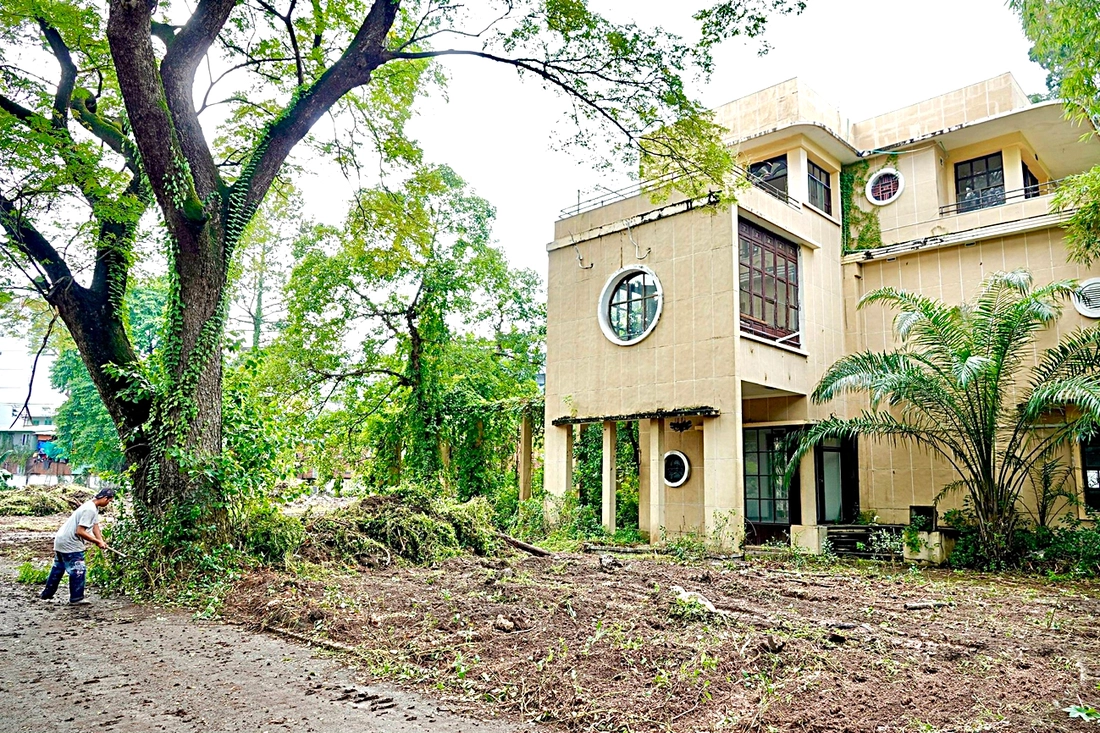
Land plot No. 1 Ly Thai To (Vuon Lai ward), where Ho Chi Minh City plans to build a park and a symbolic project to recognize the solidarity and unity of the city's people in overcoming the COVID-19 pandemic, is being cleared and prepared.
Need to be engraved in memory
According to architect Ho Viet Vinh, the city's compatriots who died in the fight against the pandemic need to be honored and respectfully remembered at the above project by engraving their names on the project.
"Many memorials around the world have the names of the victims engraved on them, such as the memorial for the 9/11 event in the US or the earthquake in Tangshan, China...
The 23,000 compatriots who have passed away need to be solemnly remembered so that everyone knows who to remember and who to be grateful to. Those who have died for today's life, regardless of who they are, must be remembered and appreciated by today's people and future generations who come to visit the project, showing humanity...", Mr. Vinh said.
Agreeing, architect Lee Teng-hui also suggested that the memorial should not follow the old way of erecting a bronze or thick concrete plaque with the names engraved on it.
Because with such a large number of victims, the bronze and concrete plaques will make the overall structure unbalanced and inharmonious, reducing the aesthetics and emotions of viewers and visitors. While this is a structure that not only has a memorial meaning but is also a structure located in the overall public space of the land, a place where many people come with many different purposes and emotional needs.
"This project must be a project that can stand the test of time and be a destination for more than 10 million people in the city in particular and 100 million people nationwide to visit.
Therefore, the names of the deceased should be displayed in an aesthetic and harmonious way within the general architectural space of the memorial site as well as the park. Or the names can be recorded in other ways, such as LED panels or QR codes containing a list of victims..." - Mr. Huy said.
Harmony, optimizing landscape value
Commenting on the scale and form of the project, according to architect Tran Dinh Dung, it needs to be in harmony with the architectural landscape of this area, which has large green areas and ancient villas.
The implementation of the memorial project is closely linked to the park, cultural and public space here. Therefore, it is necessary to preserve the maximum available green space on this land. At the same time, in this land, there are also ancient villas with architectural value that need to be renovated, preserved and used effectively.
These villas can be converted into monuments, into places to display memorabilia, artifacts, images, and show documentaries about the pandemic. Along with that, the villas can also be converted into places to serve guests, eat, drink, and perform other cultural, artistic, and performing activities.
Preserving ancient villas also demonstrates respect for the architectural and cultural values that make up the urban soul of the city.
"The difficulty of a memorial is how to guide the emotions of viewers and visitors, not depending on scale or grandeur.
I hope that the memorial will be unique in terms of ideas and architecture, and can guide people's emotions when visiting, without necessarily being grand or reminding of past sad stories. Because I think the project will be associated with the feelings of each family and each person in the city who experienced the pandemic. Therefore, this project needs to focus on the emotional factor," said Mr. Dung.
Mr. Dung also suggested that in addition to the Department of Culture and Sports allowing people to contribute ideas and suggestions for a symbolic project to recognize the solidarity and unity of the city's people in overcoming the COVID-19 pandemic, a design idea contest should be organized.
"This project will touch the emotions of most of the city's people from all walks of life. Therefore, I think we should organize a design competition. Based on the content of the message that the Department of Culture and Sports directs, I believe that we will collect many very good and valuable design ideas for the city to choose from. From my experience participating in design idea competitions, I have found that sometimes the winning ideas go beyond the imagination of the competition's theme..." - Mr. Dung said.

Source: https://tuoitre.vn/dai-tuong-niem-nan-nhan-covid-19-loi-tam-huyet-gui-bieu-tuong-dong-long-vuot-qua-dai-dich-20251103231103261.htm



![[Photo] The road connecting Dong Nai with Ho Chi Minh City is still unfinished after 5 years of construction.](https://vphoto.vietnam.vn/thumb/1200x675/vietnam/resource/IMAGE/2025/11/04/1762241675985_ndo_br_dji-20251104104418-0635-d-resize-1295-jpg.webp)

![[Photo] Panorama of the Patriotic Emulation Congress of Nhan Dan Newspaper for the period 2025-2030](https://vphoto.vietnam.vn/thumb/1200x675/vietnam/resource/IMAGE/2025/11/04/1762252775462_ndo_br_dhthiduayeuncbaond-6125-jpg.webp)
![[Photo] Ca Mau "struggling" to cope with the highest tide of the year, forecast to exceed alert level 3](https://vphoto.vietnam.vn/thumb/1200x675/vietnam/resource/IMAGE/2025/11/04/1762235371445_ndo_br_trieu-cuong-2-6486-jpg.webp)
![[Photo] Ho Chi Minh City Youth Take Action for a Cleaner Environment](https://vphoto.vietnam.vn/thumb/1200x675/vietnam/resource/IMAGE/2025/11/04/1762233574890_550816358-1108586934787014-6430522970717297480-n-1-jpg.webp)
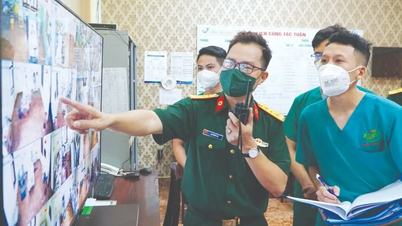










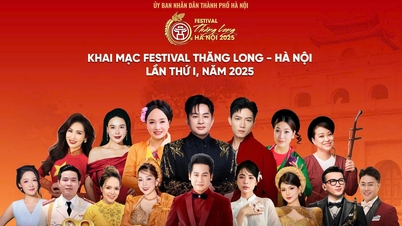


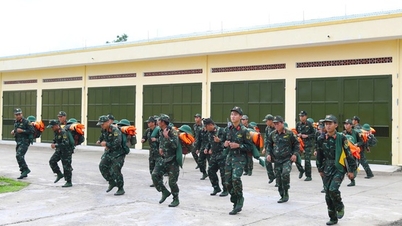

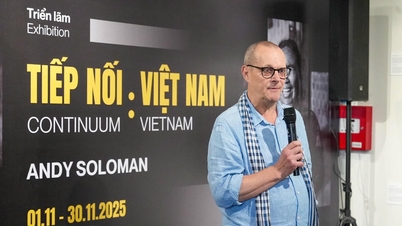






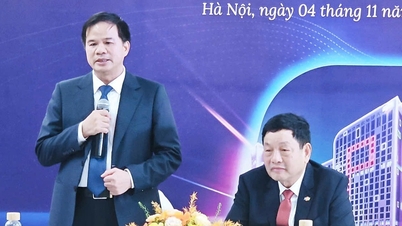


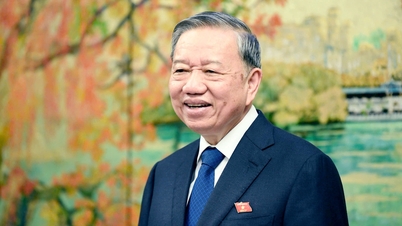
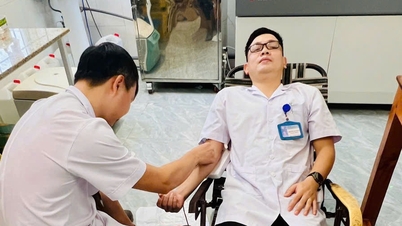





















































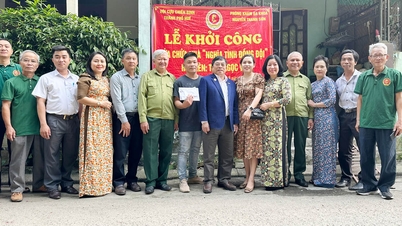
















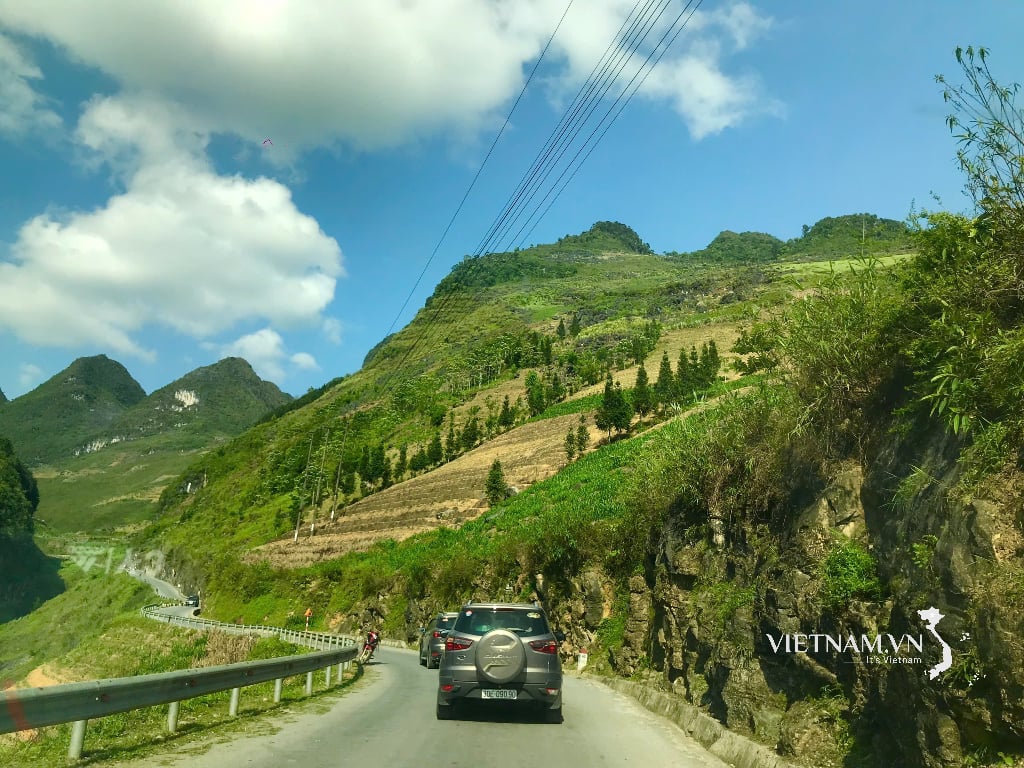
Comment (0)